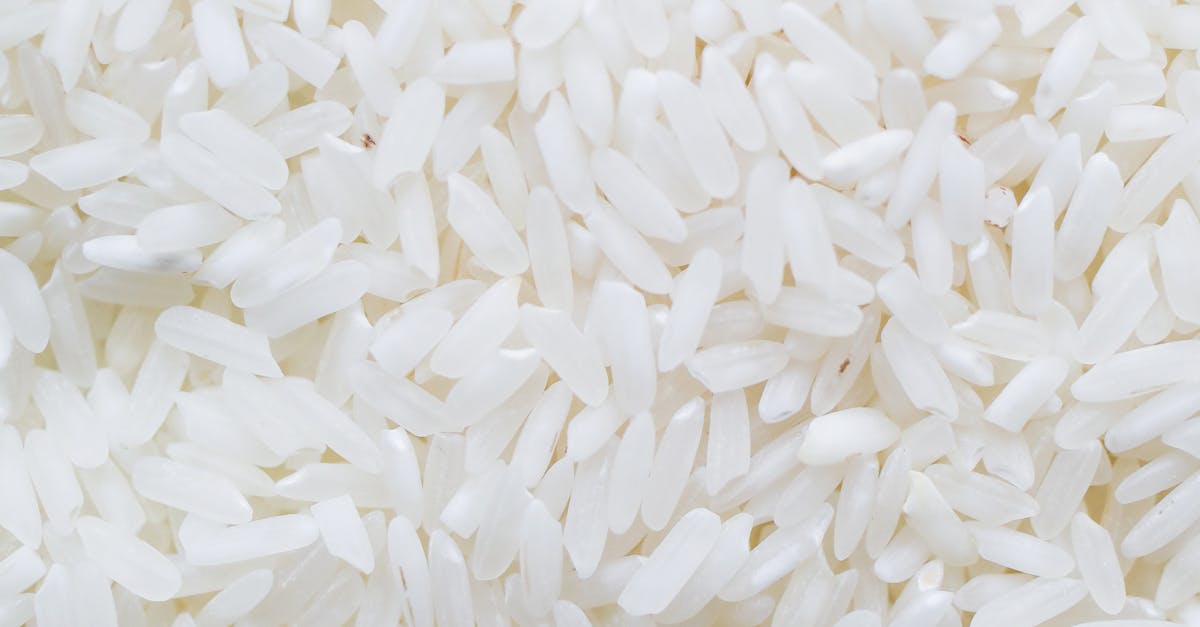Dal Tadka is one of the most beloved dishes in Indian cuisine, known for its rich flavor and comforting texture. But have you ever wondered which type of dal is best for making this delicious dish? In this article, we will explore the top varieties of dal that can be used for Dal Tadka, providing you with the knowledge to elevate your cooking game.
| Type of Dal | Flavor Profile | Cooking Time | Health Benefits |
|---|---|---|---|
| Toor Dal | Nutty and earthy | 30-40 minutes | Rich in protein and fiber |
| Moong Dal | Mild and slightly sweet | 20-30 minutes | Easy to digest and low in calories |
| Masoor Dal | Earthy and slightly spicy | 20-25 minutes | High in iron and antioxidants |
| Chana Dal | Nutty and sweet | 30-40 minutes | Great source of protein and fiber |
| Urad Dal | Rich and creamy | 30-40 minutes | Good for heart health and high in fiber |
Toor Dal
Toor Dal, also known as split pigeon peas, is a staple in many Indian households. Its nutty and earthy flavor makes it a perfect base for Dal Tadka. Toor Dal is not only delicious but also packed with nutrients. It is rich in protein and fiber, making it an excellent choice for vegetarians and health-conscious eaters. The cooking time for Toor Dal is around 30 to 40 minutes, and it pairs wonderfully with various spices, enhancing the overall taste of the dish.

Moong Dal
Moong Dal, or split green gram, is another fantastic option for Dal Tadka. It has a mild and slightly sweet flavor that complements the spices used in the dish. Moong Dal is known for its easy digestibility, making it suitable for all age groups. With a cooking time of 20 to 30 minutes, it is a quick option for busy weeknight dinners. Additionally, it is low in calories and high in nutrients, making it a healthy addition to your diet.

Masoor Dal
Masoor Dal, or red lentils, brings an earthy and slightly spicy flavor to Dal Tadka. It cooks relatively quickly, taking only 20 to 25 minutes to prepare. This type of dal is rich in iron and antioxidants, making it an excellent choice for boosting your immune system. Masoor Dal’s vibrant color adds visual appeal to your dish, making it not only tasty but also beautiful to serve.

Chana Dal
Chana Dal, or split chickpeas, has a nutty and sweet flavor that adds depth to Dal Tadka. It requires a cooking time of around 30 to 40 minutes. Chana Dal is an excellent source of protein and fiber, making it a nutritious choice for those looking to maintain a healthy diet. Its unique texture and taste can elevate your Dal Tadka, providing a satisfying experience with every bite.

Urad Dal
Urad Dal, or black gram, is known for its rich and creamy texture. It adds a luxurious mouthfeel to Dal Tadka, making it a favorite among many. The cooking time for Urad Dal is similar to that of Toor and Chana Dal, taking about 30 to 40 minutes. This dal is beneficial for heart health and is high in fiber, making it a great choice for a balanced diet. The creamy nature of Urad Dal pairs beautifully with spices, creating a delightful dish that is hard to resist.

FAQs
What is the best dal for Dal Tadka?
The best dal for Dal Tadka varies depending on personal preference. Toor Dal is the most commonly used, but Moong Dal, Masoor Dal, Chana Dal, and Urad Dal can also be excellent choices based on the flavor and texture you desire.
Can I mix different dals for Dal Tadka?
Yes, mixing different types of dals can enhance the flavor and texture of your Dal Tadka. Many cooks prefer a combination of Toor and Moong Dal for a balanced taste.
How can I make my Dal Tadka more flavorful?
To make your Dal Tadka more flavorful, consider adding ingredients like ghee, cumin seeds, garlic, and fresh coriander. Experimenting with spices can also elevate the dish significantly.
Is Dal Tadka healthy?
Yes, Dal Tadka can be a healthy dish, especially when made with high-protein dals like Toor, Moong, or Chana Dal. It is rich in nutrients and can be part of a balanced diet.
How long can I store leftover Dal Tadka?
Leftover Dal Tadka can be stored in the refrigerator for up to 3-4 days. Reheat it on the stove or in the microwave before serving. It can also be frozen for longer storage.
References:
– [National Center for Biotechnology Information](https://www.ncbi.nlm.nih.gov/)
– [Food Safety and Standards Authority of India](http://www.fssai.gov.in/)
